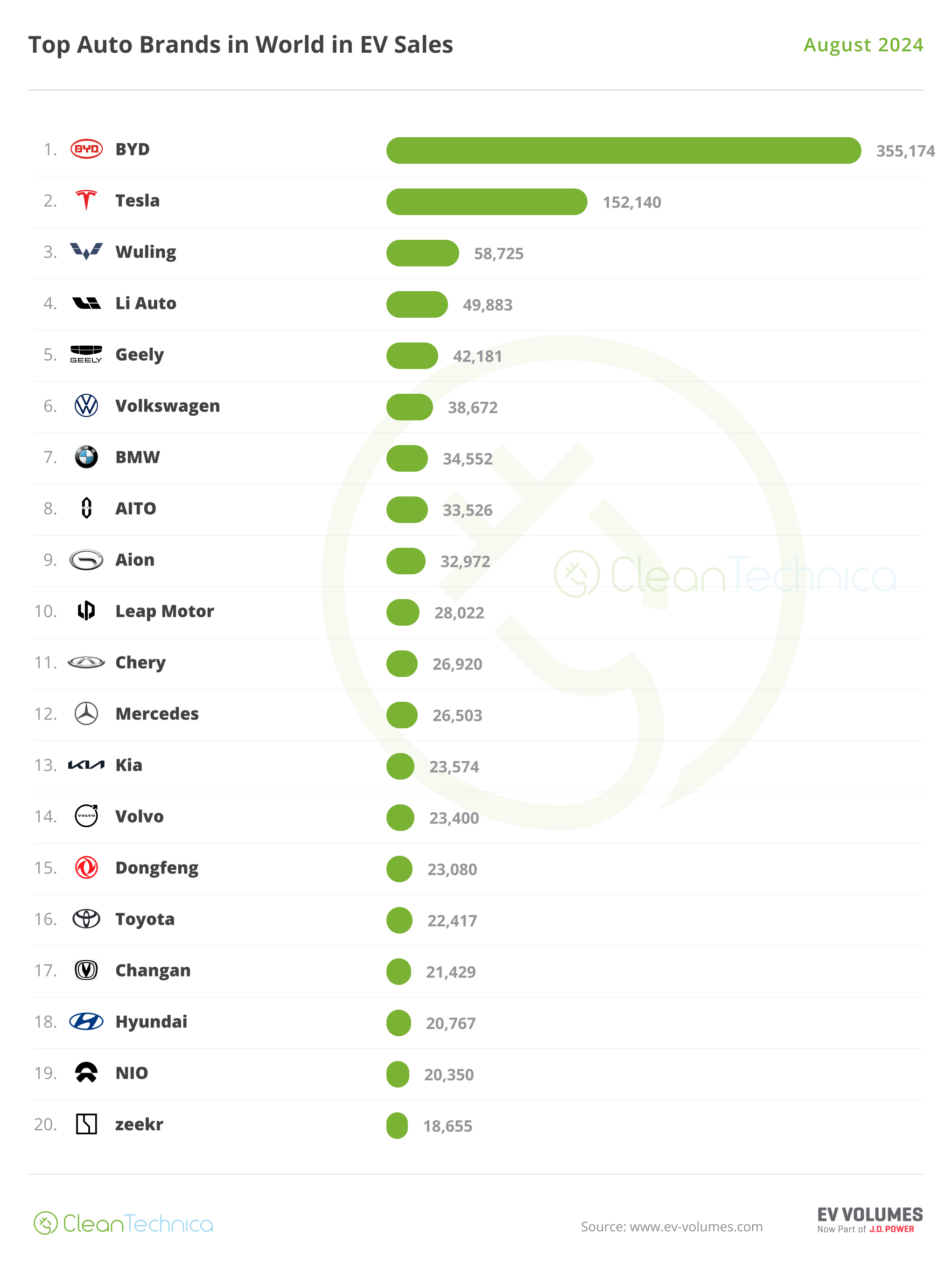Sign up for daily news updates from CleanTechnica on email. Or follow us on Google News!
The Earth we see when we look outside our window never changes and yet the Earth itself is always changing as continents slowly drift together or apart over the course of hundreds of millions of years — a process Earth scientists call plate tectonics. Where the continents collide, they force the Earth’s crust to push skyward, forming mountain ranges like the Andes, Alps, and Rockies. Where they pull apart, they create the valleys that contain the world’s oceans. Mount Everest at 29,029 feet (8,848 meters) is the highest point on Earth, but the Challenger Deep in the Pacific Ocean is 35,814 feet (10,935 meters) deep and could easily swallow Everest entirely with more than a mile to spare.
Earth scientists believe subduction — the sideways and downward movement of the edge of a plate of the Earth’s crust into the mantle beneath another plate — plays an important role in the Earth’s carbon cycle and may have contributed to the creation of life on our planet. Those scientists have long sought a clearer understanding of how the Earth was formed and how it has changed over billions of years. In particular, they seek to understand what happened when a giant asteroid slammed into the Earth some 4 billion years ago.
Plate Tectonics & The Moon
The most commonly accepted theory is that the impact caused a large plume of planetary material called ejecta to be hurled into space, where it coalesced into what we now call the moon. Think of it as dropping a bowling ball into a tub of water. The splash that rises above the surface becomes the moon, thanks to the wonders of gravity and centrifugal force. The question many Earth scientists want to know the answer to is how much of that meteor stayed inside the Earth and how much of it became part of the moon?
Some believe a large part of the meteor stayed relatively intact and formed large floating blobs that remain suspended between the hot central core of the Earth and the cooler crust. In a research paper published May 7, 2024 in the journal Geophysical Research Letters, Qian Yuan, Michael Gurnis, Paul D. Asimow, and Yida Li suggest those blobs may be one of the factors that drives plate tectonics — the geologic process that fuels earthquakes and volcanoes, and generally allows life to exist on our planet. [Note: scientists use jargon that is unique to them. Here the abbreviation Ga refers to giga annums — blocks of time a billion years long.] Here’s what the scientist have to say:
Plate tectonics remains unique to Earth, but when and how it started is debated. Earth’s oldest minerals indicate a clement surface by 4.3 Ga, resembling the modern Earth with its granitic crust and oceans. Granite is most easily explained as originating from subduction. However, the mechanisms for subduction initiation, especially so soon after the Moon-forming giant impact, remain elusive.
Earlier studies indicate that the core-mantle boundary (CMB) temperature is increased due to accumulation of the impactor’s core during the impact. Our recent work further shows that the lower half of Earth’s mantle remains mostly solid after this impact and that parts of the impactor’s mantle might have survived as the two seismically-observed large low-shear velocity provinces (LLSVPs).
In this study, we perform whole-mantle convection models to illustrate that strong mantle plumes can arise, weaken the lithosphere, and eventually initiate subduction ∼200 million years after the giant impact. Our systematic computations reveal that the hot CMB temperature after the impact is the primary factor determining whether there is early subduction initiation, with enrichment of heat-producing elements in LLSVPs as another potential contributor. Our model ties the Moon’s formation to incipient subduction, providing insights for understanding the diverse tectonic regimes of rocky planets.
Questions Abound
According to the Washington Post, this latest paper builds on a previous idea that attempts to explain a geologic conundrum. For decades, geologists have speculated about mysterious blobs — LLSVPs — inside Earth’s mantle detected using seismic imaging. These dense, massive blobs appear to be made of different material than the surrounding mantle, raising questions about what they are and how they formed. One theory, published in the journal Nature in 2023, offers an explanation, but also raised a few eyebrows. It suggests that after the moon-forming object slammed into our planet, bits of it ended up intact in the Earth’s interior.
The new paper takes this idea a step further. It says that around 200 million years after the impact, these submerged blobs could have helped create hot plumes inside Earth that disrupted the nascent surface, breaching the crust and allowing circular slabs to sink — a process called subduction. This process, the authors suggest, could explain why the oldest minerals on Earth are zircon crystals that appear to have undergone subduction more than 4 billion years ago. What’s more, they say that those subduction events may have contributed to the rise of modern plate tectonics. “The giant impact is not only the reason for our moon, if that’s the case, it also set the initial conditions of our Earth,” said Qian Yuan, an Earth scientist at the California Institute of Technology and one of the authors of the paper
Plate Tectonics & Known Unknowns
Geologists not involved in this latest research told the Washington Post the model was intriguing but raised a host of questions. Taras Gerya, a geoscientist at ETH Zurich, said the idea of an initial subduction event triggered by vigorous mantle plumes shortly after the moon-forming impact is credible and supported by models and some geo-chemical data. But he added that he is unsure whether this would have led to modern plate tectonics or would have resulted in rapid global recycling of the entire crust, similar to what may have happened on our planetary neighbor, Venus.
Michael Brown, a geoscientist at the University of Maryland, said that it’s unclear how a circular subduction zone would lead to the global plate boundaries and the mosaic of rocky slabs that exist in modern plate tectonics. “We need to bear in mind there is insufficient evidence for us to ever really know what the tectonic mode was in the Archaean,” the eon that lasted between 4 billion and 2.5 billion years ago, Brown said. “So from a philosophical standpoint, it’s almost certainly unknown and unknowable. I think that point sometimes gets lost.”
Mark Harrison, a distinguished research professor at the University of California at Los Angeles, recently wrote a paper called, “We Don’t Know When Plate Tectonics Began.” He questioned assumptions built into the model, pointing to geo-chemical inconsistencies that cast doubt on the giant impact theory itself. “If we didn’t have plate tectonics, you and I would not be having this conversation, because our species would not have arisen,” Harrison said. “The best thing I can tell people is that my generation … couldn’t solve arguably the most interesting question left in science, which is how and under what conditions did life emerge.” Harrison has a message for future scientists. “We’ve left you a little gift-wrapped present,” he said.
The Takeaway
The lesson to be learned from these various research papers has nothing to do with plate tectonics and everything to do with informing us how little we know about what is happening beneath our feet. We are so almighty sure we have all the answers when probably 95% of the physical world is still unknown to us. We have nuclear-powered submarines that can travel 80 miles an hour or more underwater but are still shocked when one runs into an uncharted undersea mountain. We blame the captain but never stop to ask why no one knew that mountain was there.
We have social media heroes who claim to have all the answers but who don’t even know what the questions are. We have religious scholars who tell us that books written thousands of years ago when people believed the sun was towed across the sky every day by Helios riding in a golden chariot tell us all we need to know about our planetary home.
We now can peer deep into space thanks to the Hubble and Webb telescopes and see the awesome immensity of the universe but still believe it was created just for us by a deity with nothing more important to do but tend to our every want and need. Muslims, Jews, and Christians all worship the same deity but think nothing of slaughtering each other for some perceived slight or misplaced apostrophe, making us all look ridiculous.
Mysterious blobs inside the Earth are fascinating phenomena, but the real message here is what Shakespeare said more than 600 years ago, “Lord, what fools these mortals be.” The more we know, the more foolish we become. Our beliefs will be the death of us, and sooner than we could ever imagine. All of which reminds me of a little ditty penned many years ago by Yip Harburg, the lyricist who penned the words to Somewhere Over The Rainbow. It goes like this:
God made the world in six days flat.
On the seventh, he said, “I’ll rest.”
So He let the thing into orbit swing,
To give it a dry run test.
A billion years went by,
Then he took a look at the whirling blob.
His spirits fell as He said,
“Oh, well. It was only a six day job.”
Have a tip for CleanTechnica? Want to advertise? Want to suggest a guest for our CleanTech Talk podcast? Contact us here.
Latest CleanTechnica.TV Video
CleanTechnica uses affiliate links. See our policy here.





